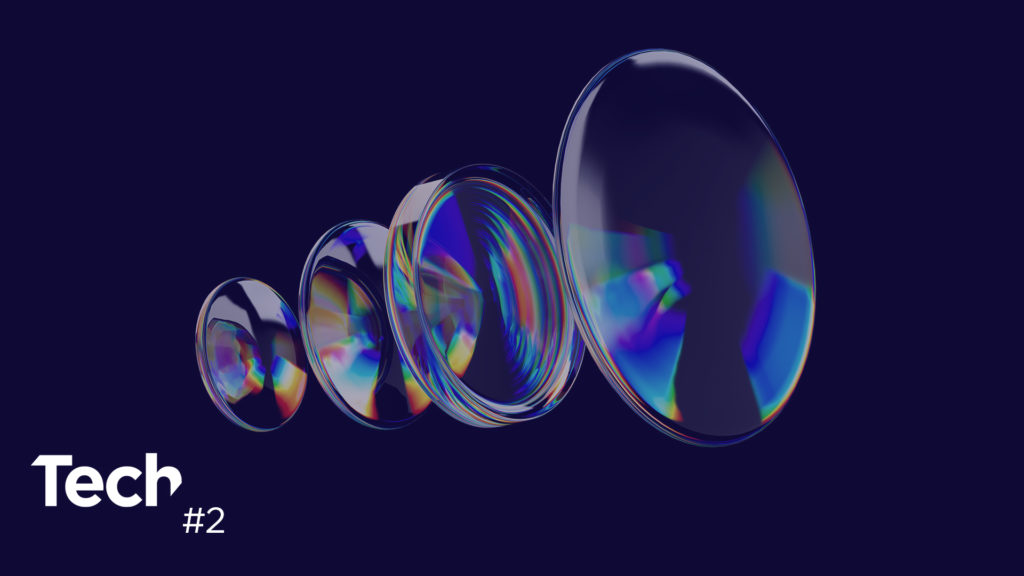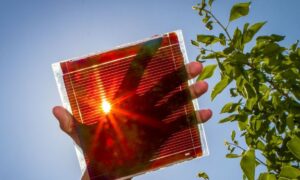It’s time to build some great new HighTechXL deep-tech ventures. And we’ve added new technology from TNO to create at least five potential startups. HighTechXL’s venture building program starts with FasTrackathon, an online event 16 September that brings together all the potential founders and team members. (You can pre-register here.)
These new teams will enter the nine-month venture-building program in October, so we’re looking now specifically for CTOs with expertise in these technologies who are ready to take the concept to market as well as supporting team members, mentors and advisors for deep-tech venture teams. And by the way, FasTrackathon isn’t just for techies … we need people with soft skills in social media/web, marketing and business, as well.
So let’s look at the five technologies we’ll feature on 16 September. And remember – more than one team can take on any given technology.
PRINTED THIN FILM IMAGE SENSORS – TNO
TNO, the Netherlands’ independent research center, has developed a novel printed image sensor technology for fingerprint detection applications and other uses. But the technology doesn’t stop with fingertips. The TNO technology makes economically feasible the creation of large surface sensors to detect, for example, a full hand. Depending on sensor design choices, the properties of fingers and hands such as blood vessel patterns below the skin can also be detected.
The sensor is so thin that its application is not limited to flat surfaces. Manufacturing specifications allow for production as a separate sensor or for integration in displays of phones, tablets or TVs or other objects with screens.
This technology has multiple potential uses from building security to customs checks, payments and better security for cars.
A sensor prototype is available as well as a setup to produce prototypes.
Here’s the link to learn more.
HAND CONTROLLER DEVICE – EUROPEAN SPACE AGENCY
The European Space Agency developed technology for a hand controller device with haptic (simulating the sensation of touch) feedback to remotely control slave robotic hands. This technology is designed to control robots in environments hostile to humans.
Here are the details from ESA.
You can download the HighTechXL one-pager (.pdf) here.

SUB-MILLIMETER WAVELENGTH SPECTRAL IMAGING CAMERA – EUROPEAN SPACE AGENCY
This technology from ESA has almost limitless potential applications. Novel sub-millimeter wavelength imaging cameras use either single or multiple heterodyne (multi-wave) detectors that work in the terahertz frequencies.
Terahertz frequencies have long been recognized as potentially extremely useful frequencies for imaging purposes, because many materials that are opaque in the visible spectra become transparent to terahertz waves. For example, terahertz frequencies are suitable for imaging the Earth’s surface as most weather conditions such as fog are transparent to terahertz waves. This makes a terahertz imager a potentially useful device when flying a plane or driving a vehicle in bad weather.
Clothing becomes transparent at these frequencies, so these cameras could reveal hidden weapons. Terahertz radiation has also been identified as a potentially powerful diagnostic tool for the early detection of skin cancers.
Other potential application areas include chemical and food industries, medical diagnostics and equipment, airborne and land vehicles and security systems.
You can see more details here on the ESA website.
You can download the one-pager here.
NOVEL X-RAY IMAGING OPTICS – EUROPEAN SPACE AGENCY
This concept from European Space Agency is an innovative optical reflector element for energy beams such as UV, X-rays and gamma rays. Because X-rays are high-energy, they are difficult to reflect or refract and can’t be manipulated in the same way as visible light rays can be manipulated with lenses and mirrors.
This would require technology from the semi-conductor industry to “bend” and reflect X-rays.
If optical elements can be applied to X-ray, there would be great improvement of short wavelength radiation technologies. In practical applications such as healthcare, focusing radiation would make possible higher resolution, more detailed X-ray images while reducing the patient’s radiation exposure.
You can see all the details here.
You can download a one-pager here.

COAXIAL PULSE CONDITIONER – CERN
This is perhaps the most esoteric, yet widely applicable, technology in this cohort. This electromagnetic technology, developed at CERN, makes it possible to create high power, highly stable and precise (nanosecond scale) electrical pulses. The coaxial pulse conditioner is a stand-alone device that can connect to any modulator without altering its design or topography.
From the CERN website:
The improved pulse stability provided by the Coaxial Pulse Conditioner could increase the achievable resolution in applications such as radars and X-ray sources. In radiotherapy and proton therapy facilities, the improved stability could improve the precision of the dose that is given to a patient. In synchrotron light sources, the improved stability could improve the achievable emittance, which is a key measure of machine performance.
You can see more details here.
You can download the one-pager here.
Sign up for FasTrackathon here.
FasTrackathon registrants will rank their top three technologies, and HighTechXL will place you on teams according to your preferences.
HighTechXL will use Microsoft Teams for the event. All participants will attend the kickoff in one big group meeting. Then, each team will have their own channel to brainstorm business propositions based on the technology. At the end of the day, teams will pitch their ideas to the whole group.
It was a fun event in March despite being online, and, in fact, all the teams worked online during the pre-program sessions and Final Selection Day after FasTrackathon and throughout the first three months of the program. By hosting the event online, it opens up the borders so people from all over the world can join.
About HighTechXL
HighTechXL is located on High Tech Campus Eindhoven. Since 2015, the Eindhoven-based venture builder has produced dozens of successful startups including Sustonable, Accerion, Incooling and Carbyon.
In aggregate, HightechXL startups have raised more than 100 million euros, with a far higher survival rate than other accelerators. And they’ve gone global, with business operations and clients spanning the globe.
HighTechXL is an initiative of the Eindhoven Startup Alliance with ASML, Philips, NTS Group, High Tech Campus Eindhoven, ABN AMRO, Brabantse Ontwikkelings Maatschappij (BOM) and EY/HVG as its founding members.














